Description
Summary
When supporting athletes to manage shoulder injury (including avoiding primary injury, designing appropriate rehabilitation, and supporting shared RTS decisions), we encourage clinicians to start by identifying the individual demands of the sport. Such an approach will form a solid base from which to effectively apply the principles we describe in this consensus statement in practice.
This statement sets out expert consensus-level guidance on how to frame the key decisions when supporting athletes to return to their sport. Load and risk management underpin primary and secondary prevention efforts, as well as the RTS continuum after an injury. We provide 7 key principles to consider when guiding an athlete through shoulder rehabilitation. We finish by outlining the 6 domains to consider as part of the RTS decision-making process: pain; active shoulder joint ROM; strength, power, and endurance; the kinetic chain; psychology; and return to sport-specific activities………….
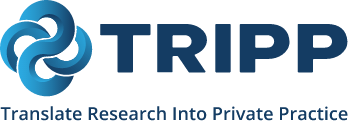



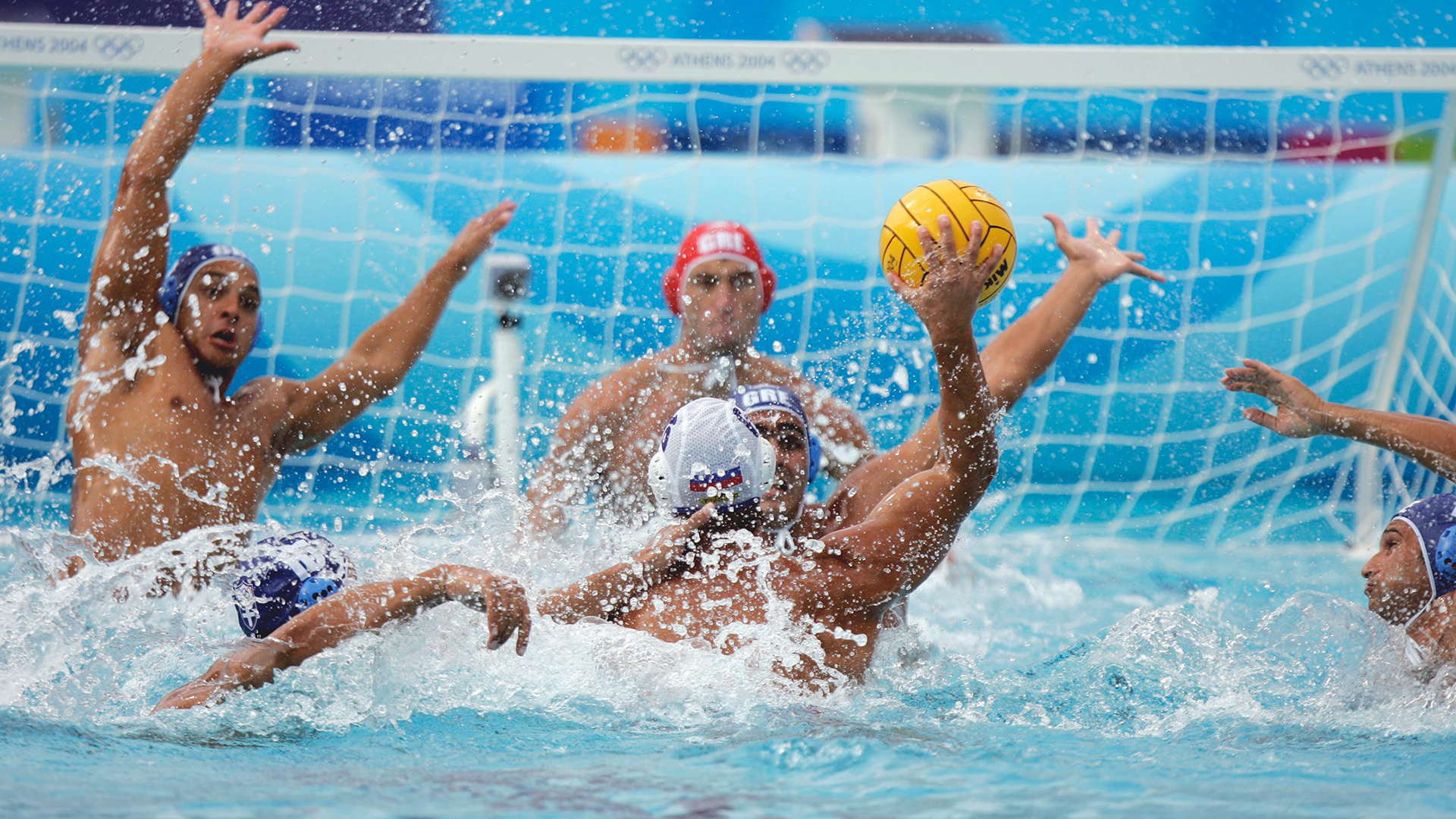


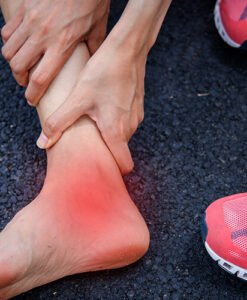
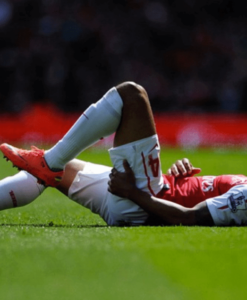
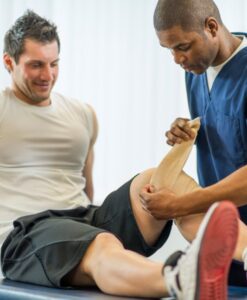

There are no reviews yet.